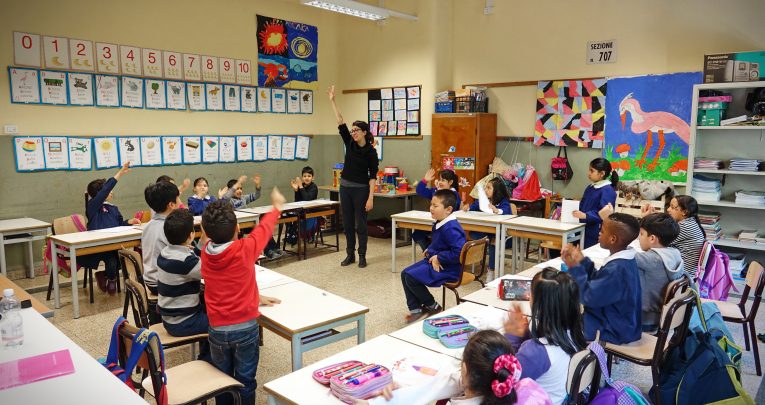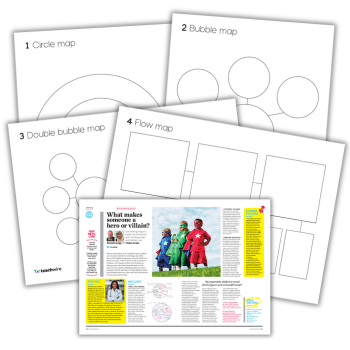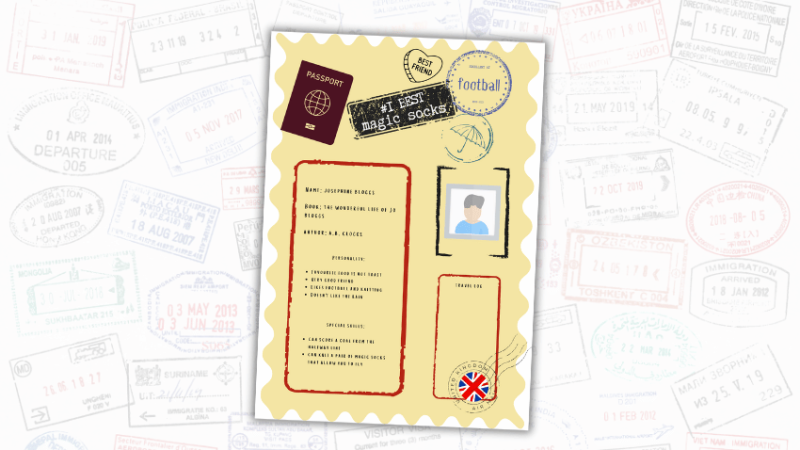EAL in schools – How can I improve pupils’ academic skills without making them feel as if they have to abandon who they are?

Dr Monica Grey offers advice to a teacher who has students from many different cultures…

I don’t have much experience teaching children from cultures different to my own, but I’ve just landed a job in a really multicultural school.
Around 50% of the children in my class speak English as an additional language and I really want to make sure that I improve their core academic skills without making them feel as if they have to abandon who they are. Any advice?
Your recognition that your own lack of experience could hamper your students’ sense of identity, is the first step towards creating a culturally relevant classroom environment.
The important thing to remember is that good teachers are good learners.
Here’s my advice for developing your confidence in teaching children from a variety of cultures, and your pupils’ confidence in their cultural selves.
Listen lots
A lot of the work can be done without you actually saying anything to anyone at first.
Just by listening to children’s conversations you will hear them use their home language, talk about the food they love or how they interact with their older relatives.
As you direct your professional curiosity towards their breaktime conversations, you’ll learn a huge amount about their culture, but don’t forget that what you hear will be filtered through your own cultural lens.
Admit differences
By admitting that you view your students from the perspective of your own culture is really important.
Your aim is not to make pupils feel as though they are ‘different’, but to recognise that everyone has a different way of being.
Explaining to your class that your culture is different to theirs will put them at ease.
As you talk about aspects of your culture, they will open up about aspects of theirs.
Ask questions
If there is an aspect of a pupil’s culture that you don’t understand or that you feel especially interested in, ask them about it.
By positioning yourself as a learner, you automatically position them as an expert. This boosts their confidence and, in turn, makes them more open to asking you other work-related questions.
Step back
Who said that the teacher should always be in the teaching role? Every now and then, allow individuals or pairs of students to teach a portion of the class.
It could be about a specific aspect of their culture or it could be a part of a science lesson, for instance, using culturally relevant ingredients or equipment.
Do your research
Just like you plan other aspects of your teaching, do the work to find out about traditional stories, maths puzzles or artists that are culturally relevant to your students.
You are sure to learn new things, which will make you an excellent example to your students for how to develop a love for learning.
Be sensitive
By showing respect to your students’ culture, you boost their confidence. This can be done in simple ways.
For instance, greet them in the morning in the language that they speak at home.
The key is to be emotionally sensitive towards them and adjust your behaviour accordingly.
Normalise it
It’s really important to ensure that your school is a safe place for children to thrive in.
Subtle actions done consistently will have a more lasting effect than grand, one-off projects.
For instance, ensuring that you have a variety of reading books that represent your pupils’ cultures will have a more lasting impact than a poster project on anti-racism.
Evaluate and reflect
Reflecting on your practice should be an ongoing part of your professional development.
By assessing the value of your approaches and being flexible, you’ll be able to see what’s worked and what hasn’t.
Share good practice
There will be changes that you make that have a positive effect on your pupils and the general classroom environment, so why keep it to yourself?
By sharing your good practice with your colleagues through displays, staff room discussions or meetings, you’ll ensure that more children benefit from culturally relevant learning environments.
Remember to smile
The process of providing a multicultural education to your pupils should be enjoyable. If you find that’s making you and your students miserable, then you need to adjust something.
Regularly check the joy gauge with your class: the more they enjoy it, the more you and they will gain from it.
Dr Monica Grey is an educational consultant and specialises in transforming nurseries, schools and other learning environments into culturally relevant safe spaces. She also manages True Vine Academy, an online portal that offers educational products and services.











